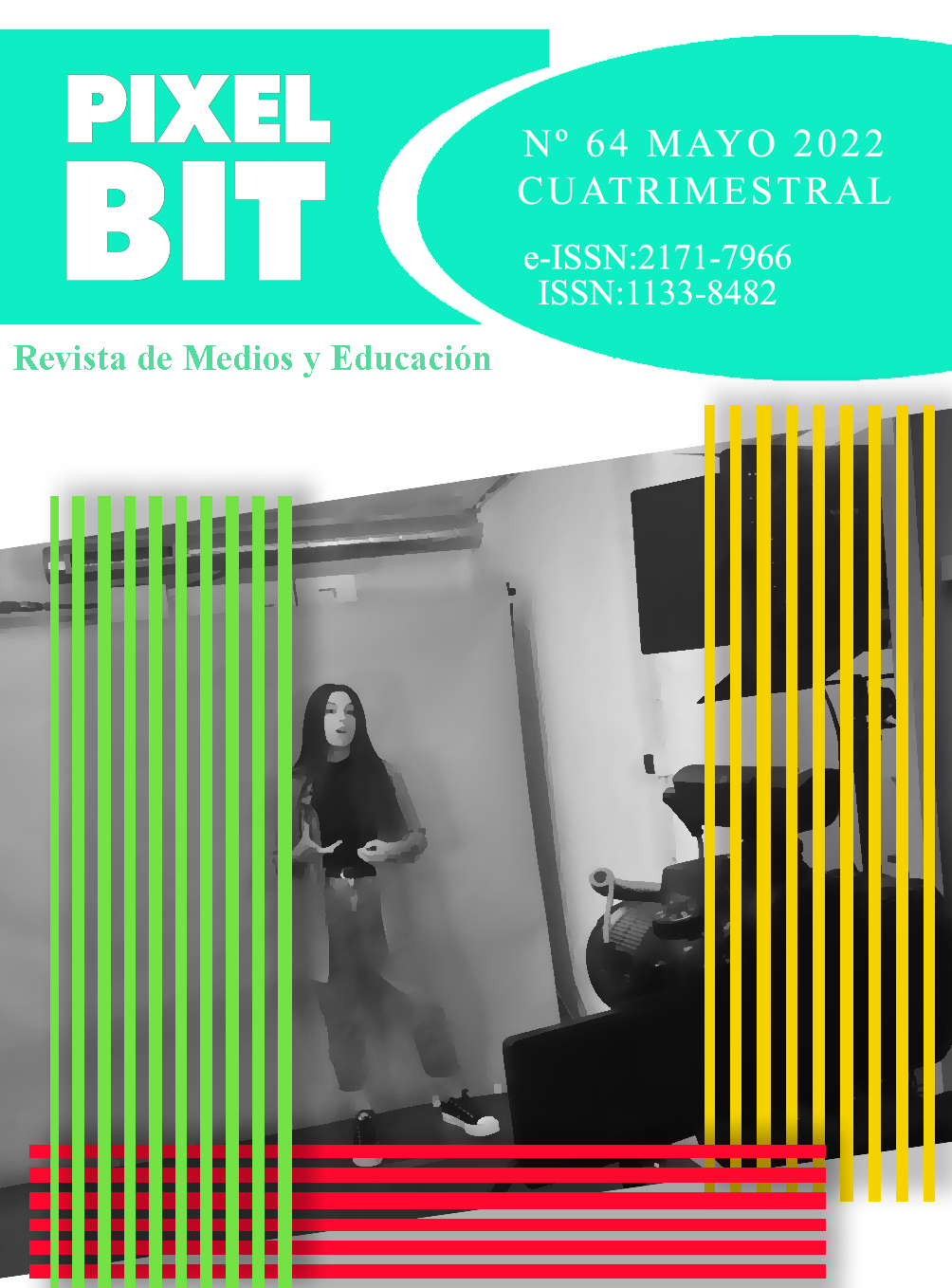Resumen
El movimiento maker ha causado gran interés en el ámbito educativo, dando lugar a la educación maker. Se realiza una revisión de la literatura con el objetivo de realizar un estudio sobre cómo la educación maker contribuye a la inclusión social y educativa de los colectivos más vulnerables, entre los que se encuentran las personas con discapacidad. Para ello, se realizó una búsqueda en diversas bases de datos atendiendo a la combinación de varios descriptores y filtros de búsqueda. Finalmente, tras ser sometidos a un cribado y tomando en consideración los criterios de inclusión y exclusión establecidos, se evalúan un total de 11 artículos. Los resultados muestran que la educación maker tiene lugar principalmente, en el ámbito no formal, llevando a la práctica actividades enriquecedoras, mediante el uso de recursos y espacios maker. Igualmente, los hallazgos apuntan a que el movimiento maker con una finalidad educativa, facilita el desarrollo de capacidades en estas personas, así como la mejora de su autoestima y la autopercepción de sí mismas. Además, la formación especializada en educación maker de las y los responsables de ponerlas en práctica, facilita la inclusión de estos colectivos, ofreciéndoles grandes beneficios tanto académicos como sociales.

Esta obra está bajo una licencia internacional Creative Commons Atribución-NoComercial-SinDerivadas 4.0.
Derechos de autor 2022 Pixel-Bit. Revista de Medios y Educación

